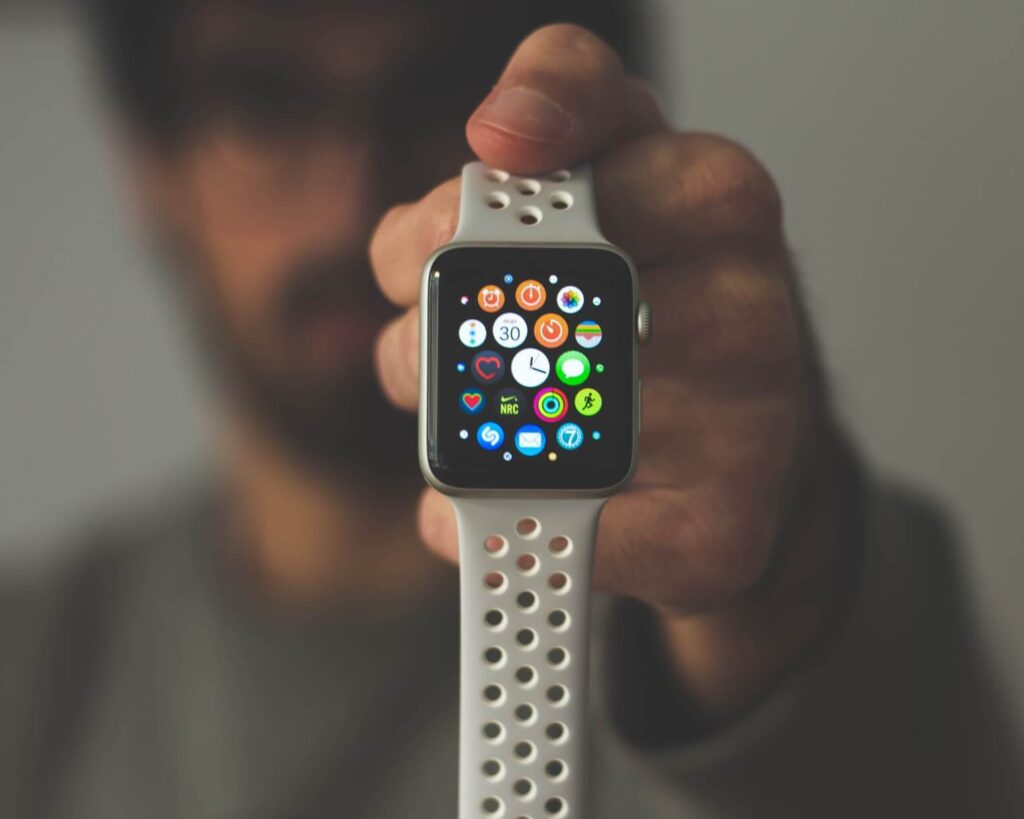
The world of wearable technology has exploded in recent years thanks to rapid innovations. With so many brands offerings comparable wearable devices, choosing the right product can be a confusing process. This guide will discuss the 8 essential factors you should consider before buying your next wearable.
Factor 1 – your purpose
Before you purchase a new smartwatch or sports bracelet, consider why you want it. Do you want an easier way to track your biometric data, such as your heart rate or stress level? Are you looking to develop better sleeping habits? Or maybe you’d like to measure your blood pressure on demand. Considering this factor will help make for a more focused buying process.
Factor 2 – your budget
If you lack a large budget, there are plenty of affordable devices such as the Xiaomi Mi Smart Band 5 or the Huawei Band 4 Pro. These devices monitor information such as your heart rate, general activity, and location. If you want more advanced capabilities such as blood oxygen saturation sensing, there are more robust and expensive options such as Garmin Venu Watch.
Factor 3 – device capabilities
Will you be satisfied with the basic activity tracking and biometric tracking capabilities? Or do you want advanced functions such as heart rate tracking, movement sensing, GPS tracking, and blood pressure monitoring? Will your device need to be water-resistant, waterproof, or swim-proof? Knowing which capabilities are non-negotiable will help you choose the wearable device most suited for your lifestyle and activities.
Factor 4 – device battery life
If you are tired of charging your device daily, there are smart wearables that can run for several days to several weeks on a single charge. If you’d rather your devices last for much longer, products such as the Garmin Vivofit 4 can go an entire year without charging. With advanced technologies, such as Ambiq’s SPOT, device manufacturers can now make wearables operate much longer than ever before.
Factor 5 – user experience
Smart wearables need to provide an intuitive and seamless experience with the product design, user interface, in addition to the features and functionalities. Pay attention to the display resolution to ensure the graphics are clear and smooth. Check out the connectivity to ensure that it’s robust. Just because the device advertises a long battery life doesn’t mean that it can deliver outstanding performance. Don’t forget the microprocessor capabilities before you buy.
Factor 6 – looks/style
It’s now possible to find seamless tech devices that offer both health insights and fashionableness. If you go for a sleek design with a thin profile, you must check out the battery life. You can choose a device that has a complete package, including beautiful design, excellent performance, and long battery life.
Factor 7 – device compatibility
Will your new device take the place of any existing devices you currently use? Most wearables can connect to your smartphone, while some can take calls or send texts. Planning out your personal tech “ecosystem” ensures fewer compatibility issues.
Factor 8 – product reviews
Of course, read reviews. Product reviews from tech experts are helpful to learn more about the product’s capabilities and specifications, while consumer reviews can reveal any potential issues or annoyances with the user experience.
Conclusion
There are more wearable devices to choose from than ever before. Follow these eight essential considerations will help streamline your decision-making process. As a result, you can confidently purchase the device that fits your unique requirements.
Dan Cermak has over 20 years of design, architecture, and management experience in ultra-low power and high performance electronics from early stage startups to Fortune100 corporations including Intel and Motorola.
